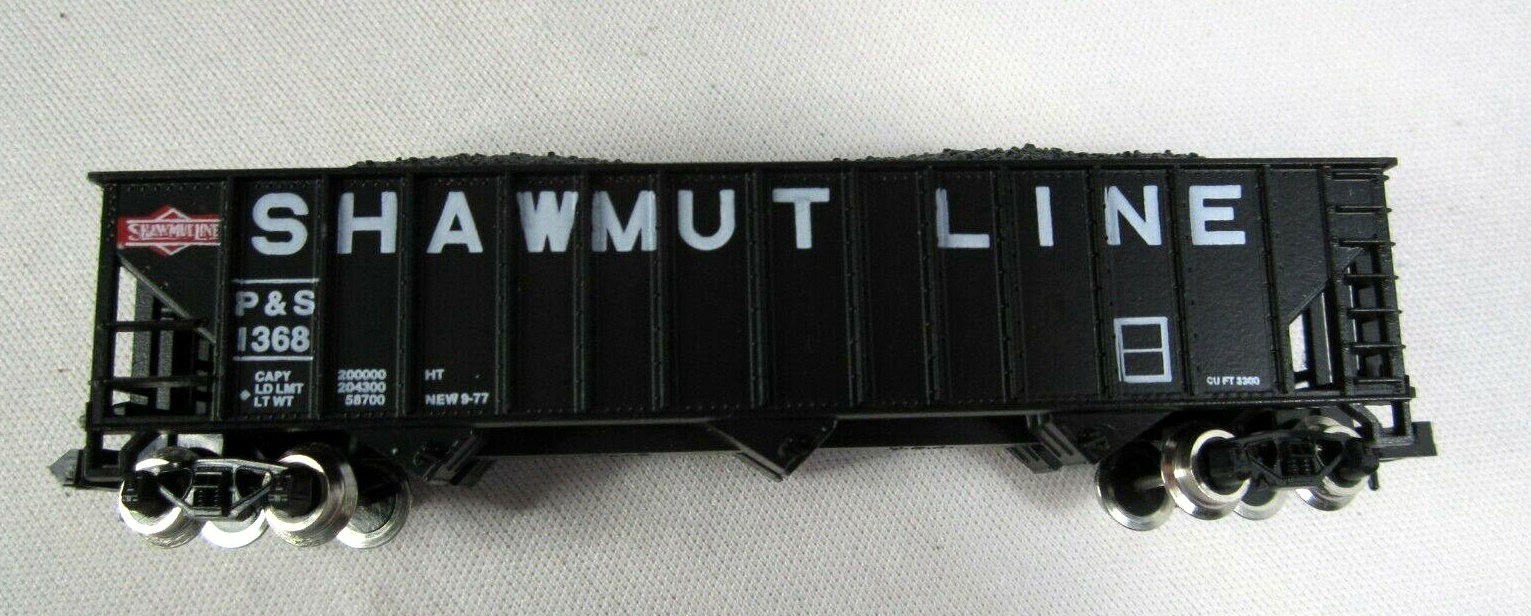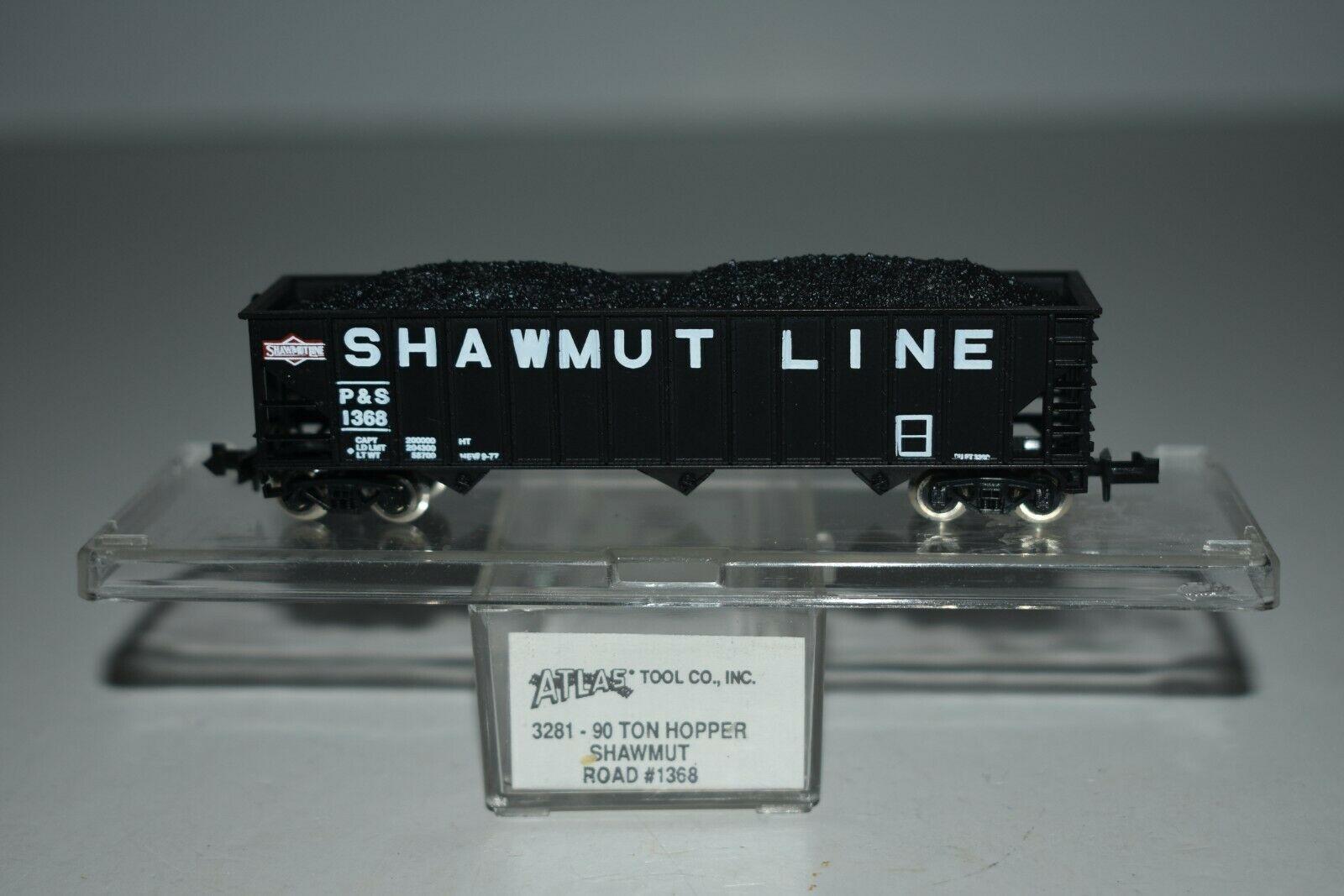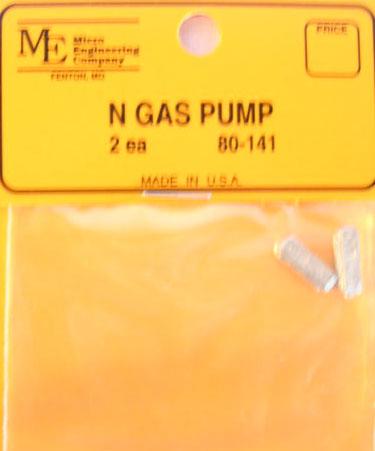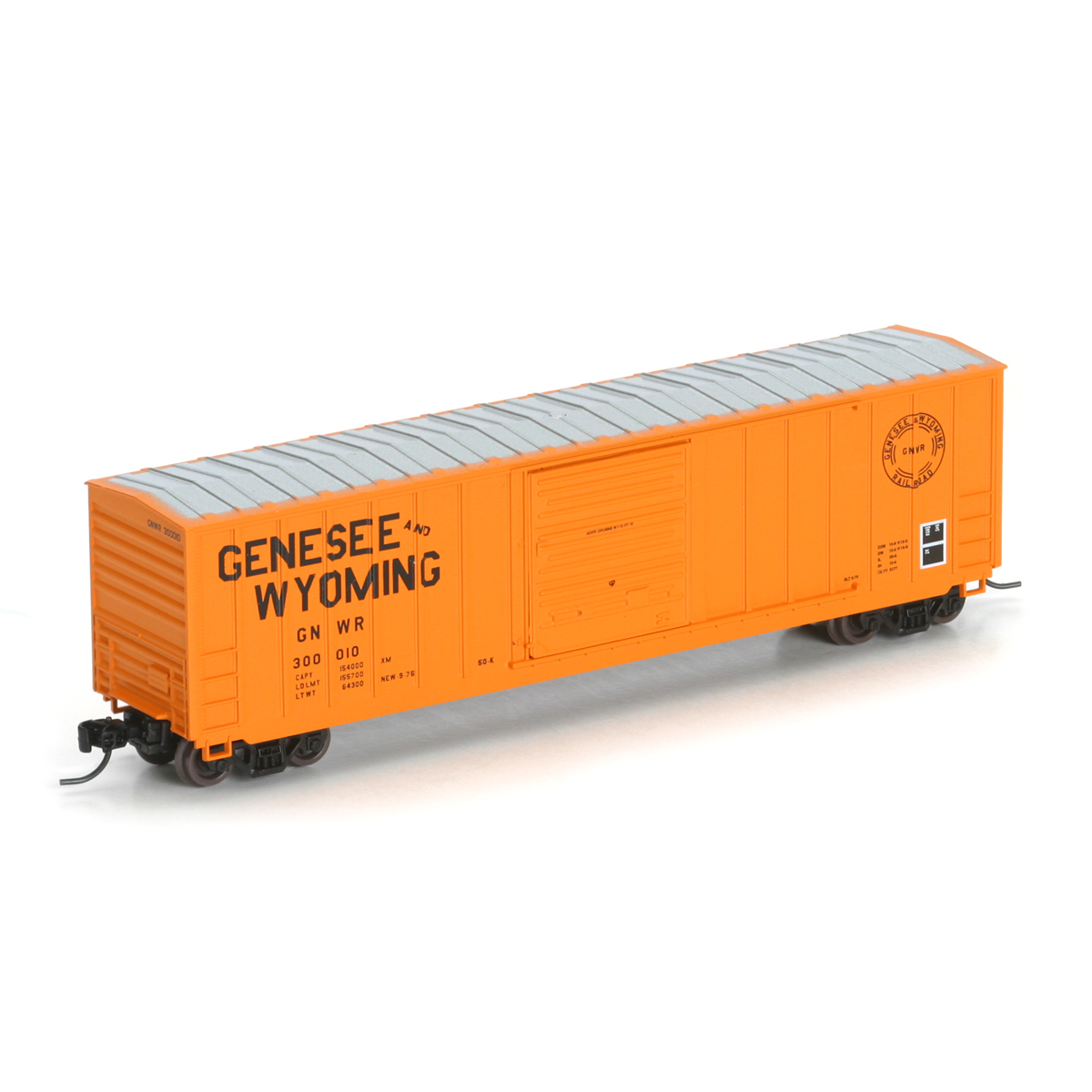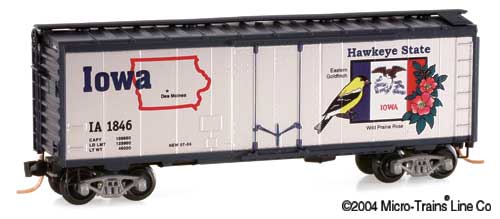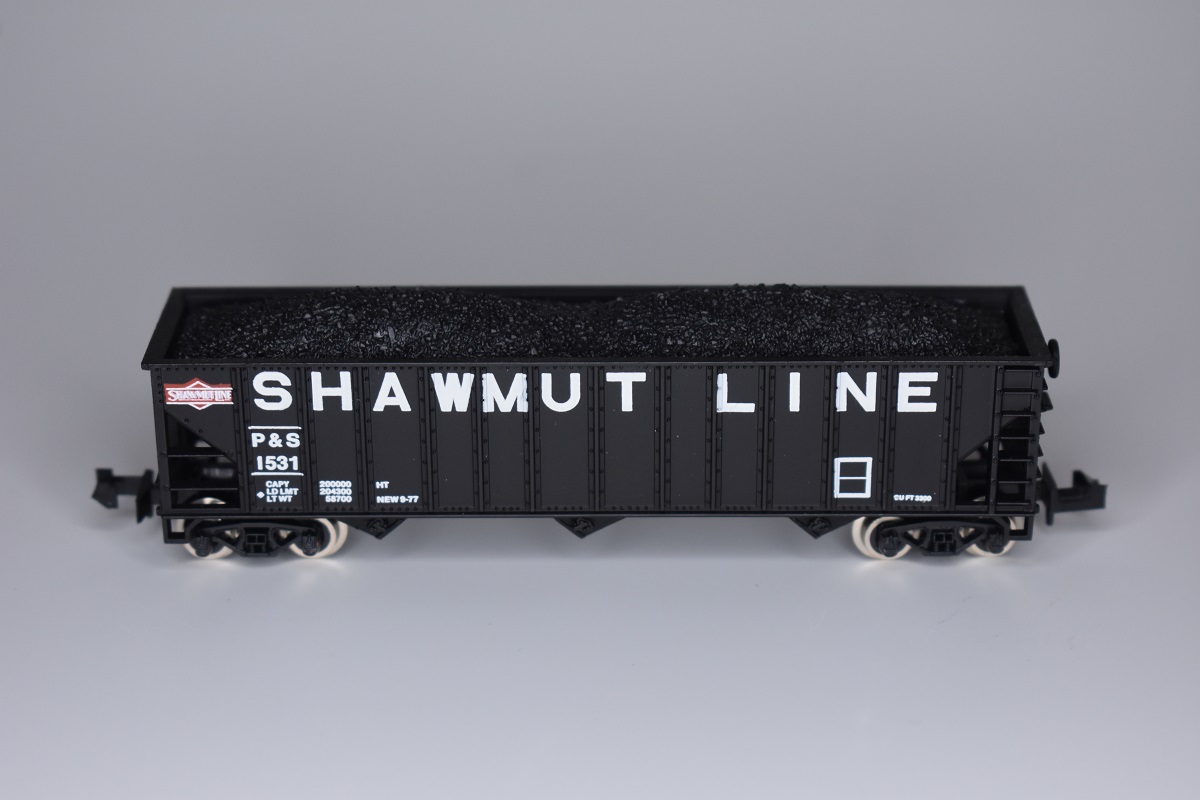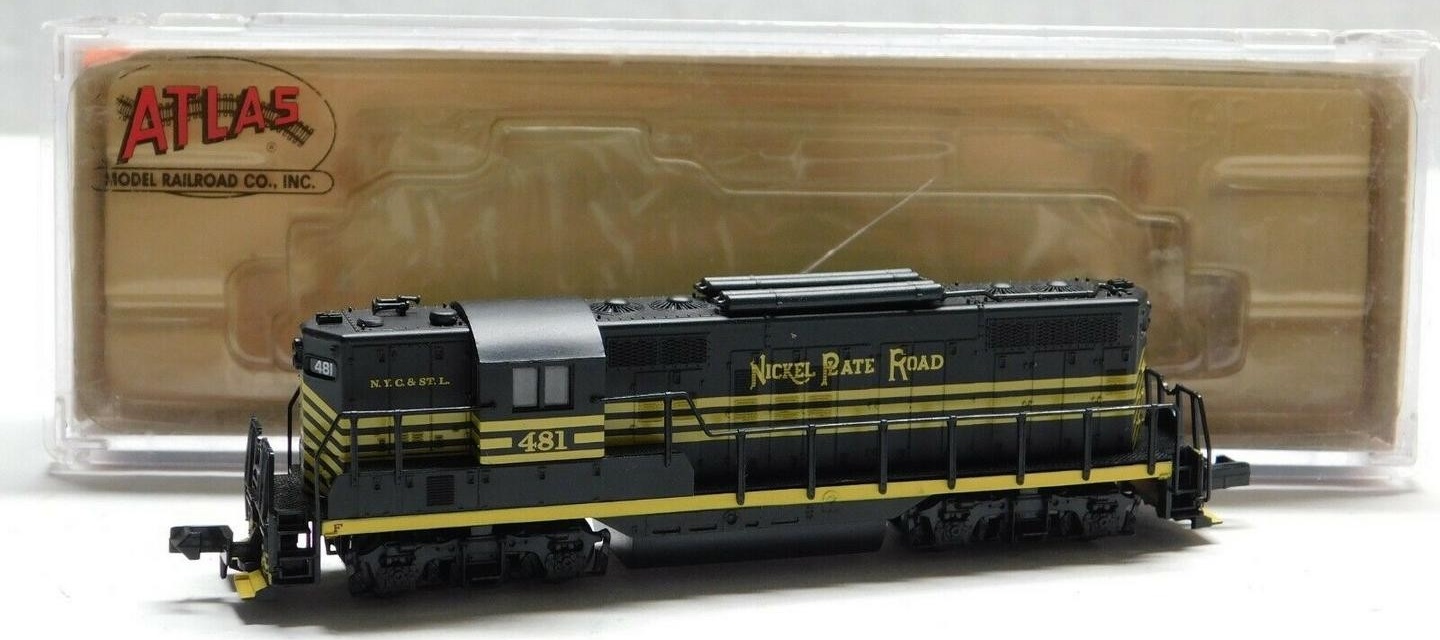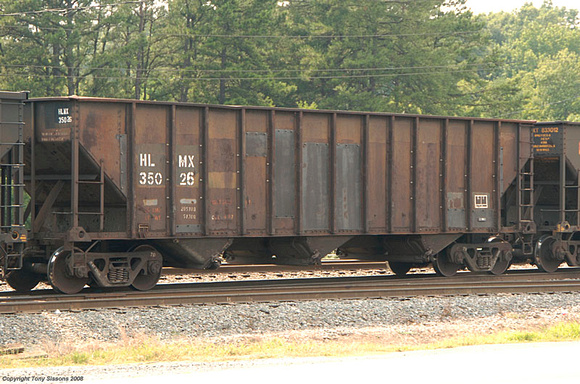Model Information: This model was introduced in 1977 and re-run multiple times, almost every year. In 2007, it moved to the Atlas Trainman range, where it continues to be produced.
Prototype History: The 1960s brought about a growth in car size (and capacity). Railroads that transported coal moved away from the older 2-bay 55-ton USRA standard to newer 90- and 100-ton three bay hoppers. On the WM, the first 90 ton cars were purchased for stone service to Sparrows Point around 1963. These cars were effective and long-lived. Many railroads swapped out the trucks on these cars to increase the capacity to 100 tons. Many companies produced these, including Pullman, Bethlehem, Evans, Greenville, Trinity and Ortner. Details, of course, vary from manufacturer to manufacturer, but typically they were rib-sided. As of 2007, the NS still had lots of 90 ton hoppers in coal service.
Road Name History: 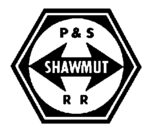 The Pittsburg and Shawmut Railroad (reporting mark PSR), also known as the Shawmut Line, was a short line railroad company operating passenger and freight service on standard gauge track in central and southwestern Pennsylvania. Since 2004, it has been operated as part of the Buffalo and Pittsburgh Railroad, which is owned by Genesee & Wyoming Inc.
The Pittsburg and Shawmut Railroad (reporting mark PSR), also known as the Shawmut Line, was a short line railroad company operating passenger and freight service on standard gauge track in central and southwestern Pennsylvania. Since 2004, it has been operated as part of the Buffalo and Pittsburgh Railroad, which is owned by Genesee & Wyoming Inc.
The Pittsburg and Shawmut Railroad Company began life on July 21, 1903 as the Brookville and Mahoning Railroad, leased by the Pittsburg, Shawmut and Northern Railroad. When the PS&N declared bankruptcy in 1905, the B&M was spun off into a separate entity and was renamed in 1909 due to confusion with the Boston and Maine Railroad's initials. Like its parent, the P&S was also financially troubled in its early years. The company struggled until corporate fortunes improved with the war mobilization of the 1940s. Coal was the principle commodity for the line for its entire existence. Doodlebugs and passenger trains ran on the route in the early years but had all been eliminated by 1939.
The spelling of Pittsburgh as Pittsburg derives from the company's origins in the Pittsburg, Shawmut & Northern Railroad. That company was chartered in 1899 when the official spelling of the name of Pittsburgh, Pennsylvania was without the "h". The city name was spelled Pittsburg from 1891 to 1911 due to an effort by the United States government to standardize the spelling of place names in the United States.

The Pittsburg and Shawmut Railroad Company began life on July 21, 1903 as the Brookville and Mahoning Railroad, leased by the Pittsburg, Shawmut and Northern Railroad. When the PS&N declared bankruptcy in 1905, the B&M was spun off into a separate entity and was renamed in 1909 due to confusion with the Boston and Maine Railroad's initials. Like its parent, the P&S was also financially troubled in its early years. The company struggled until corporate fortunes improved with the war mobilization of the 1940s. Coal was the principle commodity for the line for its entire existence. Doodlebugs and passenger trains ran on the route in the early years but had all been eliminated by 1939.
The spelling of Pittsburgh as Pittsburg derives from the company's origins in the Pittsburg, Shawmut & Northern Railroad. That company was chartered in 1899 when the official spelling of the name of Pittsburgh, Pennsylvania was without the "h". The city name was spelled Pittsburg from 1891 to 1911 due to an effort by the United States government to standardize the spelling of place names in the United States.
Brand/Importer Information: In 1924 Stephan Schaffan, Sr. founded the Atlas Tool Company in Newark, New Jersey. In 1933 his son, Stephan Schaffan, Jr., came to work for his father at the age of sixteen. Steve Jr. built model airplanes as a hobby and frequented a local hobby shop. Being an enterprising young man, he would often ask the owner if there was anything he could do to earn some extra spending money. Tired of listening to his requests, the hobby-store owner threw some model railroad track parts his way and said, "Here, see if you can improve on this".
In those days, railroad modelers had to assemble and build everything from scratch. Steve Jr. created a "switch kit" which sold so well, that the entire family worked on them in the basement at night, while doing business as usual in the machine shop during the day.
Subsequently, Steve Jr. engineered the stapling of rail to fiber track, along with inventing the first practical rail joiner and pre-assembled turnouts and flexible track. All of these products, and more, helped to popularize model railroading and assisted in the creation of a mass-market hobby. The budding entrepreneur quickly outgrew the limitations of a basement and small garage operation. Realizing they could actually make a living selling track and related products, Steve and his father had the first factory built in Hillside, New Jersey at 413 Florence Avenue in 1947. On September 30, 1949, the Atlas Tool Company was officially incorporated as a New Jersey company.
In 1985, Steve was honored posthumously for his inventions by the Model Railroad Industry Association and was inducted into the Model Railroad Industry Hall of Fame in Baltimore, Maryland. In addition, Steve was nominated and entered into the National Model Railroad Association Pioneers of Model Railroading in 1995.
In the early 1990s, the Atlas Tool Company changed its name to Atlas Model Railroad Company, Inc.
In those days, railroad modelers had to assemble and build everything from scratch. Steve Jr. created a "switch kit" which sold so well, that the entire family worked on them in the basement at night, while doing business as usual in the machine shop during the day.
Subsequently, Steve Jr. engineered the stapling of rail to fiber track, along with inventing the first practical rail joiner and pre-assembled turnouts and flexible track. All of these products, and more, helped to popularize model railroading and assisted in the creation of a mass-market hobby. The budding entrepreneur quickly outgrew the limitations of a basement and small garage operation. Realizing they could actually make a living selling track and related products, Steve and his father had the first factory built in Hillside, New Jersey at 413 Florence Avenue in 1947. On September 30, 1949, the Atlas Tool Company was officially incorporated as a New Jersey company.
In 1985, Steve was honored posthumously for his inventions by the Model Railroad Industry Association and was inducted into the Model Railroad Industry Hall of Fame in Baltimore, Maryland. In addition, Steve was nominated and entered into the National Model Railroad Association Pioneers of Model Railroading in 1995.
In the early 1990s, the Atlas Tool Company changed its name to Atlas Model Railroad Company, Inc.
Item created by: CNW400 on 2020-12-14 23:24:31
Last edited by: Alain LM on 2023-11-12 13:06:22
If you see errors or missing data in this entry, please feel free to log in and edit it. Anyone with a Gmail account can log in instantly.
Last edited by: Alain LM on 2023-11-12 13:06:22
If you see errors or missing data in this entry, please feel free to log in and edit it. Anyone with a Gmail account can log in instantly.


